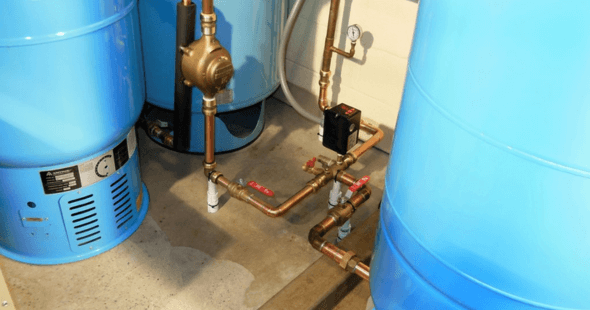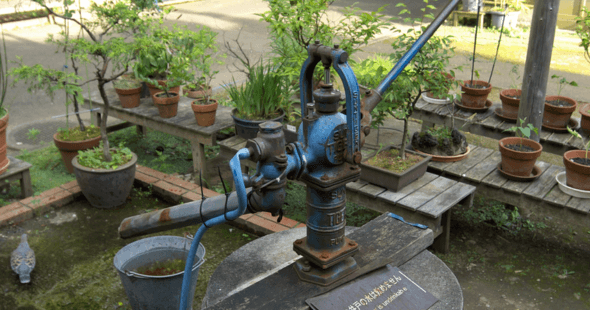Maintaining a functioning well pressure tank is crucial for any household relying on well water. A faulty pressure tank can lead to a range of problems, from inconsistent water pressure to the premature failure of your well pump. Knowing how to identify signs of a failing pressure tank can save you from inconvenience and costly repairs. Here’s a straightforward guide to help you determine if your well pressure tank might be bad.
1. Fluctuating Water Pressure
One of the most noticeable signs of a problem is when your water pressure starts fluctuating. If you’re experiencing sudden changes in water pressure as you use your water, it could indicate that your pressure tank is not holding pressure as it should. This inconsistency can be due to a damaged bladder or diaphragm inside the tank, which is essential for maintaining steady water pressure.
2. Short Cycling of the Well Pump
The well pump should cycle on and off to maintain the water pressure within a certain range. If you notice that the pump is turning on and off more frequently than usual, a phenomenon known as “short cycling,” it’s a red flag. Short cycling can put excessive wear and tear on your pump and significantly shorten its lifespan. This often happens when the pressure tank cannot hold the proper charge of air to water ratio, leading to rapid cycling of the pump.
3. Waterlogged Tank
A well pressure tank is designed to contain a certain amount of air to cushion the pressure of the water. If the tank becomes waterlogged – meaning it has too much water and not enough air – it won’t function correctly. You can check for a waterlogged tank by tapping on the side of the tank, starting from the top to the bottom. The top portion should sound hollow (indicating air), and the bottom should sound solid (indicating water). If it sounds solid all the way up, your tank may be waterlogged.
4. Pump Runs Continuously
If your well pump is running continuously, it’s a sign that the pressure tank may not be functioning correctly. This could be due to a failure in the pressure switch or the tank’s inability to reach the correct cutoff pressure. Continuous running can lead to a burnt-out pump, so it’s important to address this issue promptly.
5. Visible Rust or Damage
Physical inspection can also reveal problems. Look for signs of rust or corrosion on the tank’s exterior. Any visible damage or significant dents could affect the tank’s integrity and its ability to operate effectively. Rust can lead to leaks, which compromise the pressure system.
6. Poor Water Quality
Though less direct, a decline in water quality can also signal issues with your pressure tank. If sediments or rust from the tank start mixing with your water, you may notice discoloration or a strange taste. This indicates that the tank’s internal components may be degrading.
How to Test Your Pressure Tank
To more accurately determine if your pressure tank is bad, you can perform a simple pressure check:
- Turn off the circuit breaker to your pump.
- Drain the water from your pressure tank by opening a faucet.
- Use a pressure gauge to check the air pressure in the tank. It should be 2 psi below the cut-in pressure of the pump (for most systems, this is around 28 psi for a cut-in pressure of 30 psi).
- If the pressure is too low, try adding air with a compressor and recheck. If the tank doesn’t hold the added air, it may have a ruptured bladder or diaphragm, indicating it’s time for a replacement.
Addressing issues with your well pressure tank promptly can prevent more significant problems down the line. If you’re experiencing any of the symptoms mentioned, consider contacting a professional to assess your system. Early detection and repair can save you time, money, and ensure a consistent water supply for your home.


